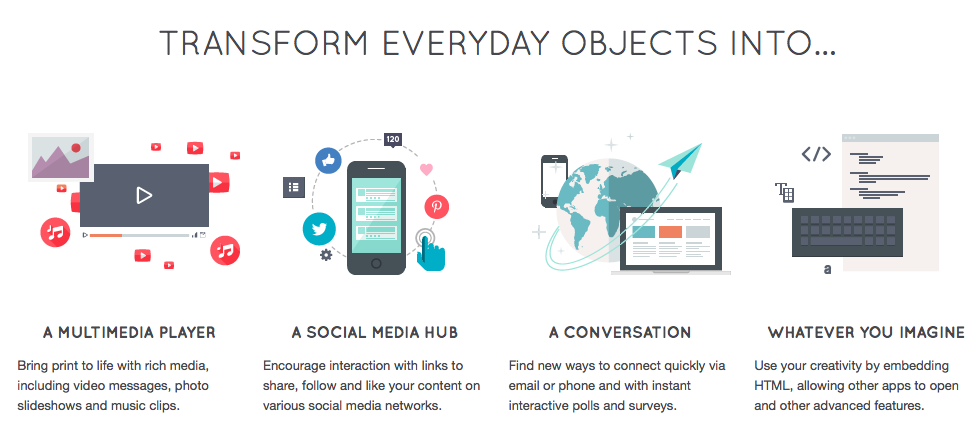Upstart developer Layar launched its new service for the publishing community this week. Magazines will never be the same, at least for mobile device users.
FastCompany celebrates the event by saying Layar is “Sticking the knife…” into existing QR and print solutions with the Layar augmented reality system. There is no doubt Layar is a cool App. It may even be the killer App that saves print. But what really interests those of us at MESH Cities is the potential this technology has to be the Holy Grail of usable, augmented reality cities.
Take Layar’s image recognition and AR systems then mash them up with an iPhone’s location awareness and UI. The resulting possibilities for value-added information services on an urban scale are basically limitless. Forget about museum tours. The information empowerment created by such a system could well reinvent the city for urban explorers.

Screen shot of the city as viewed through a Frank Gehry design studio project. GIS systems reveal hidden city infrastructure.
Youngjin Yoo’s “Post Professional society” talk at TEDxPhilly discusses how access to cheap information systems and production tools will transform cities. Yoo imagines the city as a computing platform. We’re already there. Did you know that half the cost of cars, according to Yoo, is embedded in the software that runs them? We didn’t. Yoo argues that future cities will have invisible layers of information accessible through an API. That’s where Layar’s solution comes in. If those systems are visible they can drive urban innovation.
Key to making this work, of course, is the requirement that information cities have to be run on open systems. They’ll also have to embody the best democratic practices if they are to be livable. We can’t predict if technology will ultimately liberate us or enslave us. However, we can say that every day there are more and more of the tools available to build smart, livable cities of tomorrow.







